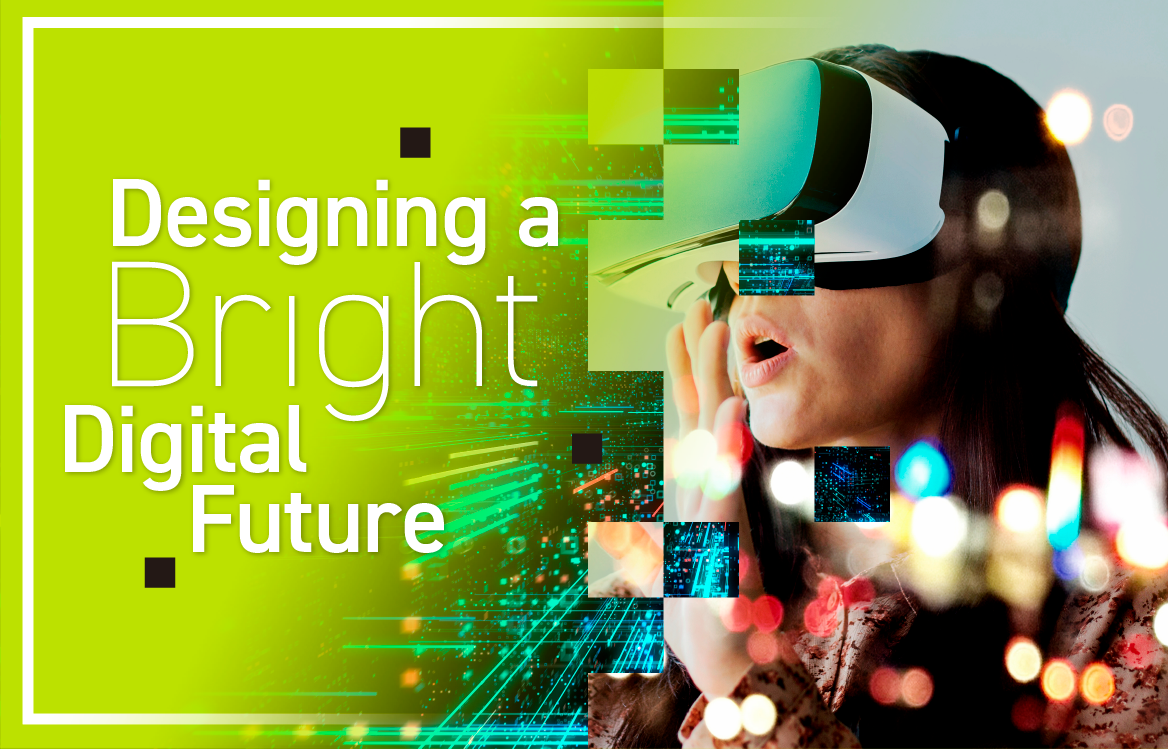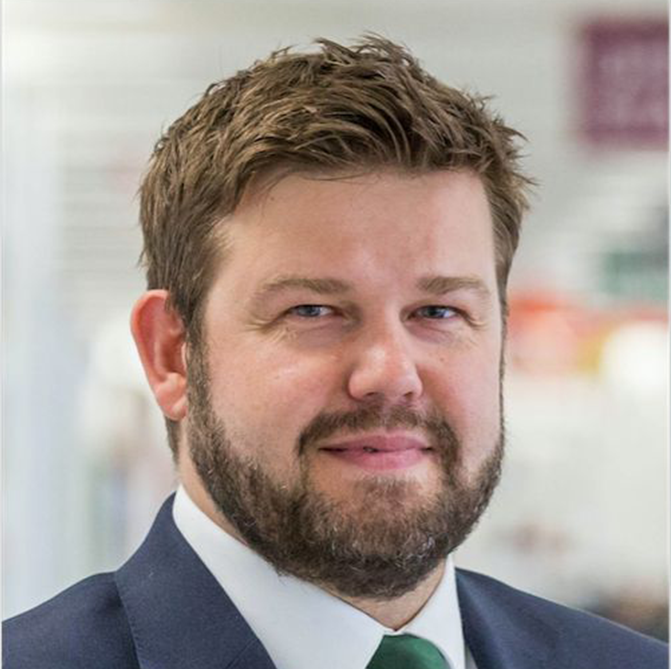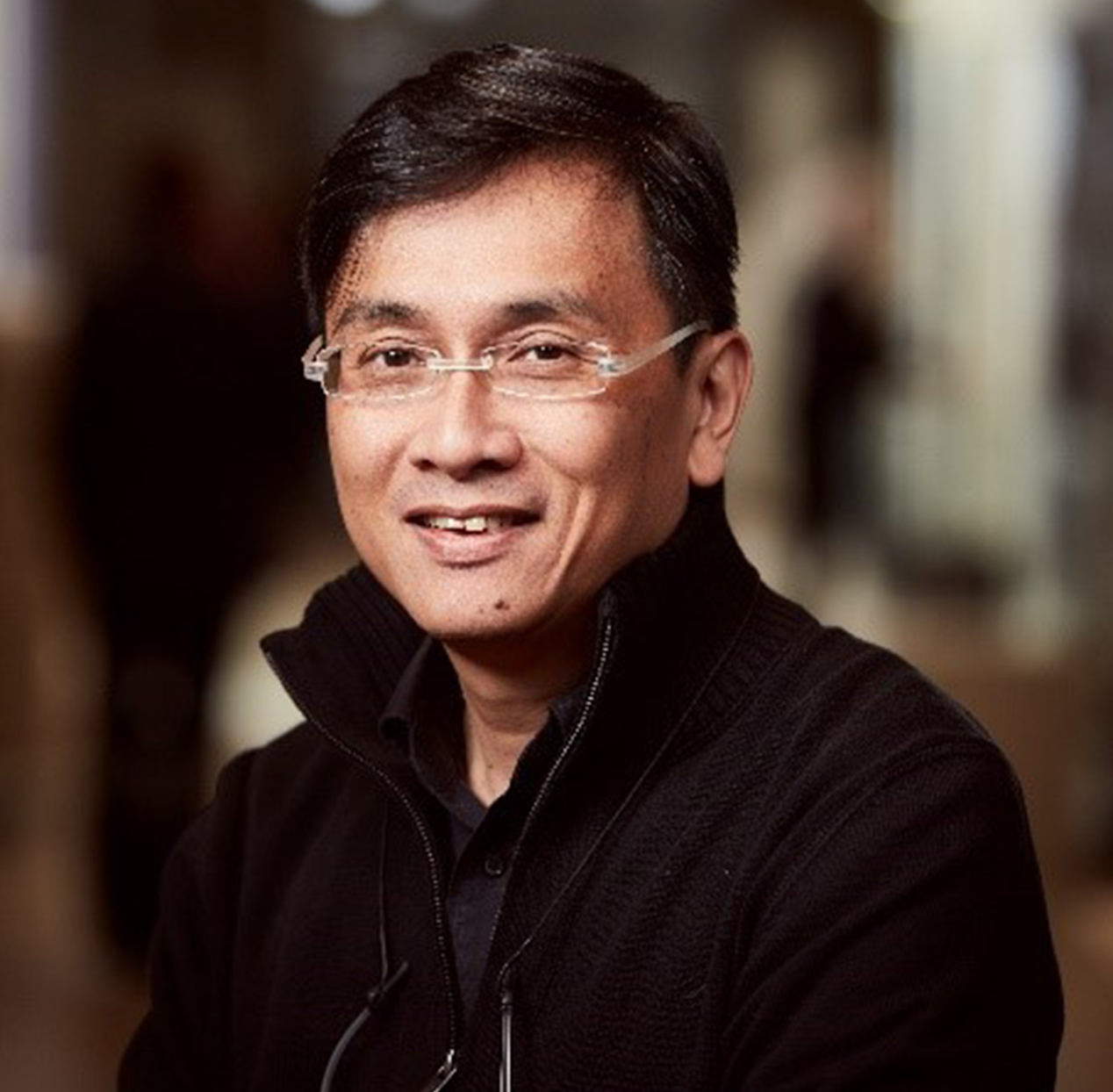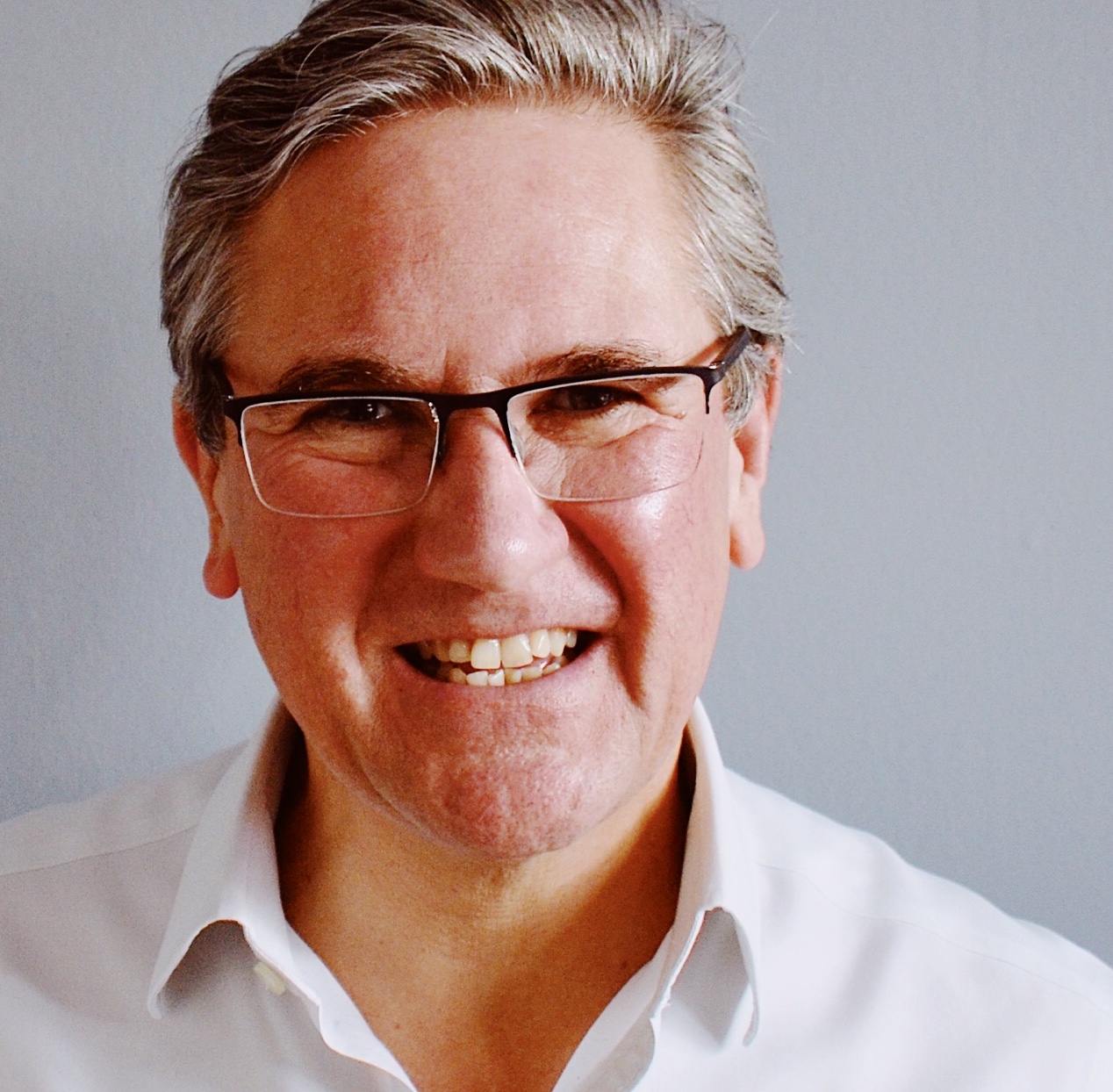DMatters May 2019 Issue

Designing a Bright Digital Future
The world as we know it today would have been unimaginable just three decades ago. We now carry a whole world of information on our smartphones wherever we go. Data from our everyday life is collected and used to gear up urban planning, transport and security. New technologies such as artificial intelligence (AI), virtual reality (VR), augmented reality (AR) make headlines. Disruptive innovations harness the unprecedented connectivity of the Internet and the algorithmic power of computers to transform how we live, work and think.
Our time is not the first in history to be redefined by the advent of new technology. What makes it different from the industrial revolution in the 19th century is design. Apple computers became usable for everyone thanks to the mouse designed by design firm IDEO. Design-led startups like Uber and Airbnb transform the Internet from an information-sharing network to a material-sharing platform. User-centric design identifies and shapes digital technology into gadgets and mobile apps that improve our quality of life. In the upcoming KODW - Knowledge of Design Week, under the theme “Designing Digital Futures,” we delve into the future of design-led digital transformation. A diverse line-up of luminaries will cast light on fascinating international cases in liveability, commerce and healthcare.
 Chris Ferguson
Chris Ferguson
|
 Di-Ann Eisnor
Di-Ann Eisnor
|
 Tommy Campbell
Tommy Campbell
|
Governments worldwide are striving to improve the liveability of cities through technology. But genuinely smart cities are not solely built on tech alone. KODW’s Forum 1, themed “Liveable Smart City,” explores how cities tap into the collective intelligence and creativity of smart citizens and co-create a better urban experience with people. Among global governmental digital departments, the UK Government Digital Service (GDS) is a true pioneer. From award-winning government website to digital initiatives, their open secret is their strong design approach. For example, their Digital Marketplace project tackles the outdated procurement process by moving it from offline to online. The online marketplace enables departments to source for the smartest solutions from startups all over the country, hence they are no longer confined to a few large tech companies. Chris Ferguson, Director of National, International & Research Cabinet Office of GDS, will share the key to changing government culture with design thinking and digital technology.
Among the line-up of liveability innovators is Di-Ann Eisnor who was Head of Growth of Waze, a global navigation app, and incubated new urban systems at Google's Area 120. Having recently joined The We Company, an international co-working space and community formerly known as WeWork, Di-Ann Eisnor will cast light on how to harness the potential of big data and the resource of communities to build better cities in Forum 1.
Forum 2, titled “Future Retail & Lifestyle”, explores how businesses — whether brick-and-mortar or e-commerce — are reinventing our shopping experience. While most traditional retailers have established their online presence, virtual retailers are entering the physical realm to challenge conventional ways of shopping, like the checkout-free store Amazon Go. E-tailing keeps evolving with the development of digital tech. Take the augmented reality app IKEA Place. The Swedish furniture empire makes use of augmented reality to help homemakers visualise how a piece of furniture will change their home interior. The app fills the “imagination gap” and helps us make better buying decisions. SPACE10, IKEA’s research and design lab is the mind behind the app. Their digital designer Tommy Campbell will cast light on the studio’s forward-thinking projects.
 Low Cheaw Hwei
Low Cheaw Hwei
|
 Clive Grinyer
Clive Grinyer
|
The huge potential of digital technology also raises an important global question — can it be used to make our lives healthier? The meaning of living healthily has gone far beyond treating illnesses. It encompasses physical and mental health, active ageing, inclusivity and even cybernetic human enhancement. Facing the ever-expanding needs in healthcare, professionals can no longer work in silos. Consumer product brand Philips, reinventing itself into a digital health and well-being company, has recently launched a healthcare innovation hub Health Continuum Space in Singapore. It houses a range of medical environments and scenarios such as the emergency room, ICU, home setting, etc. all in one place. Tech, design, healthcare and government professionals can work together and shape medical innovations in these environments where patients’ experiences become more tangible. In Forum 3 “Digital Health,” Low Cheaw Hwei, Head of Design of ASEAN Pacific at Philips Design, will unpack the company’s vision in digital healthcare innovation.
While the themed forums will give us far-ranging perspectives, a series of KODW workshops will offer complementary hands-on experience. The workshops are designed by world-renowned design and business experts. One of the highlights is the “Designing for Digital and Service Transformation” workshop hosted by British design consultant Clive Grinyer. Listed among the Creative Leaders 50 in 2018 by Creative Review, he has led some of the world’s most innovative teams for companies like Barclays, Samsung, Orange and Cisco. Clive will take participants on a learning journey of service design with case studies and practical tools and knowledge.
KODW is one of the best annual events in town to meet some of the world’s greatest design minds and broaden your innovation perspective. Whether you are a designer, business leader, entrepreneur, policy-maker, civil servant or simply curious in learning more about design, KODW is an annual event not to be missed!
This month's DMatters was produced amidst our office relocation — we are very excited to move to The Mills in Tsuen Wan and surround ourselves with creative happenings in the factory-turned-design hub.
In this issue, we will take a look back at three international fashion weeks this spring through the lens of FIP designer Yeung Chin. Two other FIP brands, Cynthia & Xiao and FFIXXED Studio, will share their insights on the Chinese fashion market while their works are being exhibited in Shanghai at FASHION ASIA HONGKONG’s “10 Asian Designers to Watch” Exhibition. Lastly, if you are a design owner or client, brand owner, designer or design consultant, take a good look at the 6 Reasons You Should Join DFA Awards!
Further reading
Government design principles, the UK Government
https://www.gov.uk/guidance/government-design-principles
IKEA Place: bridging the imagination gap with AR
https://space10.io/project/ikea-place/
Innovating across the health continuum
https://www.philips.com/a-w/about/news/archive/blogs/innovation-matters/Innovating-across-the-health-continuum.html
Click here to read the full issue of DMatters May 2019.